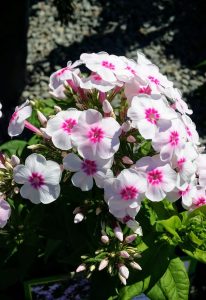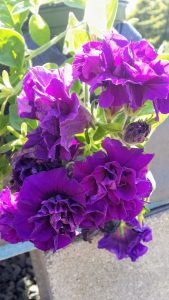If you are looking for a colorful addition to your gardening beds or flower pots this season, you should consider perennials or annuals. When selecting flowers, most do not consider the difference in the two, however, to obtain the desired look and ease of work, it is important to know the difference between them. The simple way of remembering the difference is knowing that annuals are planted annually and perennials come back on their own. (Pretty simple, right?) However, there are some good facts to know about both before deciding what is best for you and your garden. Here is the breakdown of both:
Perennials:
Perennials, simply put, require less work. The highlight of them is knowing that once planted, they will come back during the right season. Seasons for perennials include the fall, spring, and summer. While perennials require less attention as far as planting goes, they do have a tendency to not bloom as long or produce as much flowering as annuals do. The upside to this though is that their roots grow to be stronger throughout the year which produces consistency. Perennials energy is focused on growing strong, rather than growing lots of flowers. Beautiful options for perennials would be the Phlox Swizzle Paniculata and the Blue Plumbago. Both grow at a great rate and have a vivacious color array of pinks, blues, and purple.


(Phlox Swizzle Paniculata) (Blue Plumbago)
Annuals:
While annuals have a downfall of only living one lifespan in a season, they also play a huge role on the beauty of a planter or a garden bed. Annuals allow for bare spots to be limited and flowers to always look blooming. Even when considering work that plays into an annual, it will sit low on importance once a garden bed or planter is completed. Annuals come in a wide selection, however some favorites would include Double Wave Petunias,varieties of Dahlia Flowers, or Solenia Light Yellow Begonias.



(Pink Dahlia) (Double Wave Petunia) (Solenia Light Yellow Begonia)
While both annuals and perennials differ, they also contribute value to the other. It’s easy to plant just one season, but the finished look is always more ideal. As a helpful hint, it is suggested to do a combination of both. Combining annuals and perennials will bring your garden or planters to life with not only a strong root, but also a finished look of flowering.
